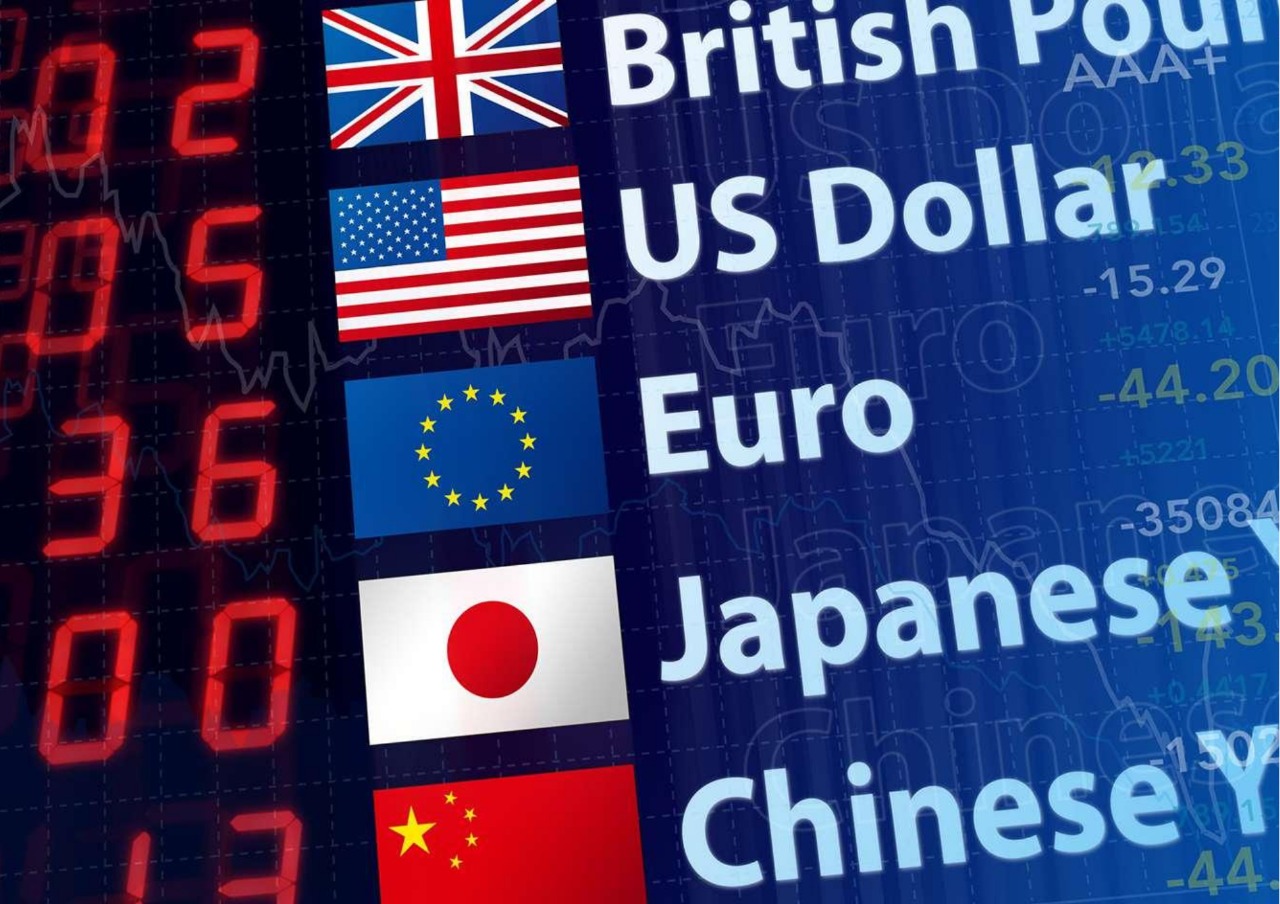
What actually takes place when you trade Forex? What does it mean when we talk about "currency pairs"? How do currency pairs work? The concept of Forex trading can be a little tricky to grasp. Trading stock involves the buying and selling of a piece of a company while Forex trading involves buying a portion of a country’s currency. The price of one currency in a currency pair is measured against another currency. It’s like going to the bank and exchanging a dollar for a euro. You are selling your dollar and buying a
ADDITIONAL READING ABOUT TRADING CURRENCY PAIRS
There are many official currency pairs used all over the world, but only a handful are traded actively in the Forex market. In Forex trading, only the most economically or politically stable and liquid currencies are demanded in sufficient quantities. The American dollar is the world's most actively traded currency because of its strength and size.
The eight most traded currency pairs today are the U.S. dollar (USD), the Canadian dollar (CAD), the Euro (EUR), the British pound (GBP), the Swiss franc (CHF), the New Zealand dollar (NZD), the Australian dollar (AUD) and the Japanese yen (JPY).
Mathematically, there are 27 different currency pairs that can be derived from those eight currencies alone. However, there are about 18 currency pairs that are conventionally quoted by Forex market makers as a result of their overall liquidity. The total amount of currency trading involving these 18 pairs represents the majority of the trading volume in the FX market.
HOW DO CURRENCY PAIRS WORK?
What actually takes place when you are trading currency pairs on the Forex market? Just like trading stock involves the buying and selling of a piece of a company, Forex trading involves buying a portion of a country’s currency. The price of the currency is a direct reflection of what the market thinks about the current and future health of the economy of that particular country compared to other countries' economies.
By buying a British pound, for example, you are really buying a share in England’s economy. When the price of the pound changes in relation to another currency and you have correctly predicted the direction, you have made a profit. If you buy a soccer ball in London and pay 10 GBPs (British Pounds), using a conversion of $1.00 to 2.5 GBP, you have now paid $4.00 for the soccer ball. If you take it home to Chicago and want to sell it to your neighborhood soccer club and the conversion rate has now changed to $1.00 = 3.00 BP, your ball has lost .50 GBP’s per dollar and the $4.00 you thought you spent on the ball is now really only $3.33. Your soccer ball has lost value and if you want to make a profit on your sale, you need to pump up the asking price.
The symbols used with currency pairs are always listed as three letters, where the first two letters identify the name of the country and the third letter identifies the name of that country's currency. USD stands for United States dollars. NZD stands for New Zealand dollar.
CURRENCY PAIRS LIST
The major currencies in the currency pair lists are: EUR/USD, USD/JPY, GBP/USD, USD/CHF which involve the euro, US dollar, Japanese yen, pound sterling, Australian dollar, Canadian dollar, and the Swiss franc. Those currency pairs that are not paired vs. the U.S. dollar are called “crosses.” Some examples of crosses are:
AUD/NZD – Aussie dollar vs. the New Zealand dollar
EUR/AUD – Euro vs. the Australian dollar
EUR/CAD – Euro vs. the Canadian dollar
GBP/JPY – British pound vs. the Japanese yen
In addition, there are the following two: XAU/USD – Gold XAG/USD – Silver because gold and silver are actual commodities and can also be considered “commodity currencies.”
These currency pairs are considered by many to drive the global forex market and are the most heavily traded. Some traders also think that the USD/CAD and USD/AUD pairs should also be regarded as major currency pairs. These two pairs can be found in the group of pairs known as the "commodity pairs".





03 Comments
“If you put in the time and efforts, the academy experience will be rewarding.”
“Hi this is Garry the class was very informant on our up coming class the instructor was very clear on all topics ”
“This class helps to look at the tools of the trade under a magnifying glass. Excellent”